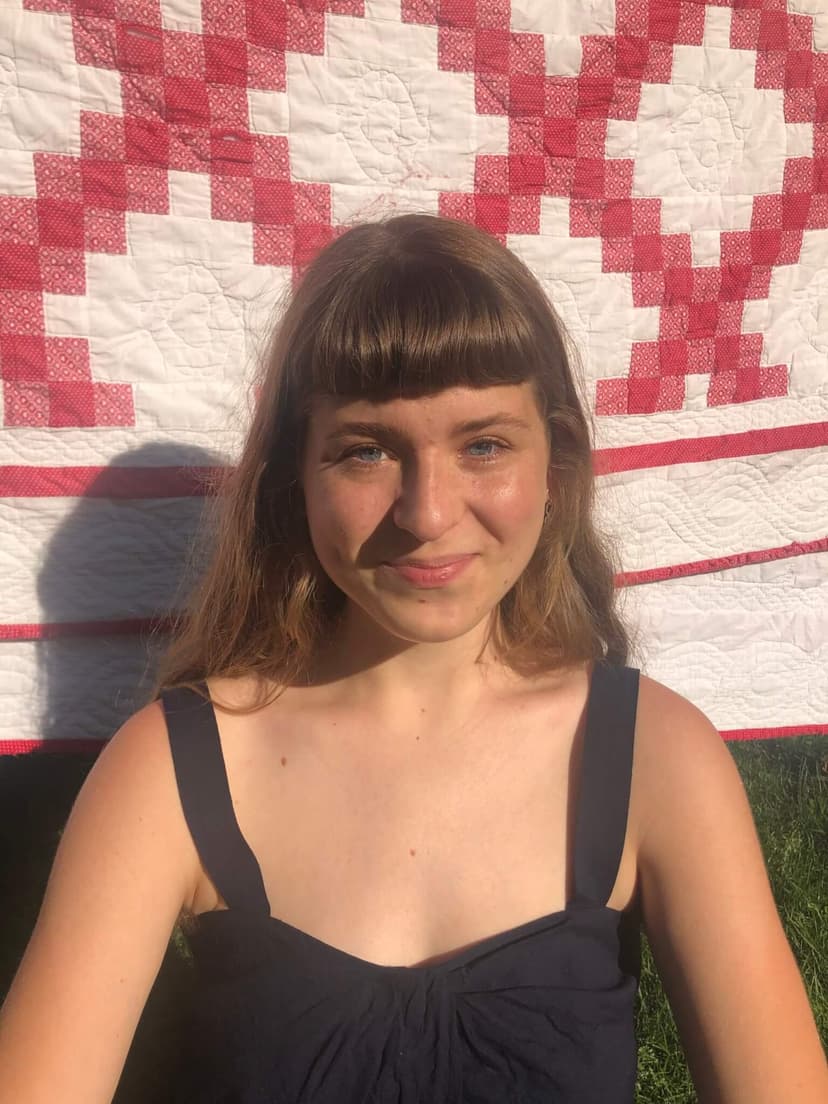Mirthe Berentsen and Martín La Roche’s “Sandplay” at Providence College Galleries is an invitation to consider the interplay of objects, memory, and language. With concision, the artists construct and deconstruct a series of binaries—absence and presence, remembrance and loss, language and its other.
These ideas are all up for consideration within the confines of a sandbox set up for play in the center of the gallery. Perched atop a shelving unit set against the back wall, La Roche’s String too short to be saved (2021–ongoing), brings together a number of objects the artist has collected around a set of criteria, which together form an odd sort of cabinet of curiosities. The objects appear both personal and universal—old-fashioned toys, office paraphernalia, totems of cultural significance. According to La Roche, the mementos are meant to evoke memories.
“Sandplay” is inspired by Jungian psychoanalyst Dora Kalff’s invention of “sandplay therapy,” a therapeutic practice in which patients are presented with a tray of sand and several small objects as a way to guide exploration and expression of their inner worlds.
The conceit of Berentsen and La Roche’s intervention is extremely simple: Visitors are invited to choose objects of emotional resonance off a shelf and place them in the sandbox. What ensues is a sort of awkward and endearing dance, an unscripted participatory performance. As I watch, visitor-performers dig, stack, rake, and bury. Some kneel timidly at the periphery of the sandbox, while others—mostly children—cross its threshold and plant their bodies in the shifting sand. I linger momentarily in front of a gaudy, white mirror, deciding instead on a plastic replica of a Granny Smith apple. A few minutes later, I watch someone select the mirror and nestle it in the sand.
On the wall are the following instructions:
-
- I can play in the sandbox alone or with others.
- I can place any of the objects from the shelves, tables, and stacks in the sandbox.
- I can hold, cuddle, and play with them.
- I will allow my inner voices to guide me.
- I will respect other people’s personal space.
- No one will analyze what I do, this is not therapy.
- When I’m done, I can put the objects back or let them be.
The list resembles a kind of Fluxus-inspired “score,” but where a score or instructions might imply a prescriptive set of constraints, these “rules” are deliberately nonrestrictive, opening up a range of possibilities for engagement.
For two artists intimately interested in language and how it interacts with the recollection and transmission of individual experience, this central work is a distinctly nonverbal form of collective experience, performance, and play. Through the facilitated “Sandplay Sessions” they will hold over the next several months, Berentsen and La Roche will reintroduce language into this work by encouraging participants to share their associations with their chosen object aloud.
Berentsen and La Roche’s ongoing collaboration arose out of their mutual participation in a residency at Kings County Hospital in East Flatbush, Brooklyn, funded by the, quite unfortunately named, Dutch foundation Beautiful Distress. Notably, the artists participated in this program as artists-in-residence, not as art therapists. Many of the works in “Sandplay” gained their origins in collaboration with members of the Partial Hospitalization Program (PHP).
For example, La Roche’s The Mondays Bulletin Board (Miriam BK) (2023) is a reference to a similar bulletin board that he activated weekly at the hospital. The bulletin board makes an announcement without words. In place of language, La Roche’s offering is a delicate, filmy collage of variously textured papers.
In Gamma Colors (2021), La Roche presents ten swatches of color, designed after paint samples from a Dutch hardware store, bearing names chosen by participants in the PHP. Names like “Mama grass,” “Baby grass,” and “Granpa grass” are accompanied by “chewed pepermint [sic] gum with some flavor left” and “Black Lives Matter.”
Perhaps the most compelling series in the show, Berentsen’s The right to be forgotten (2021–ongoing) comprises three works created after her mother’s death and in the process of clearing out her childhood home. Photos of meticulous arrangements of her mother’s left-behind personal items are overlaid with engraved plexiglass, both tracing and casting shadows on—thereby doubling—their ghostly contours. Several of these same objects can be found reproduced in clay on a table imprinted with the outlines of others. Berentsen’s “story stacks,” which visitors are encouraged to take from, focus on five particularly resonant objects that the artist parted with in clearing out her parents’ home. There is a present feeling of loss, of letting go, and also of the residues, impressions, traces, and shadows left by people, objects, and experiences that are no longer.
In “Sandplay,” Berentsen and La Roche offer up a spacious set of dynamics related to objects and their capacity to contain, inhabit, and inhibit memory. It is a generous invitation—to play, perform, interact, and most of all, to remember.
“Sandplay” is on view through September 13, 2025 at Providence College Galleries, 63 Eaton Street, Providence, RI.



